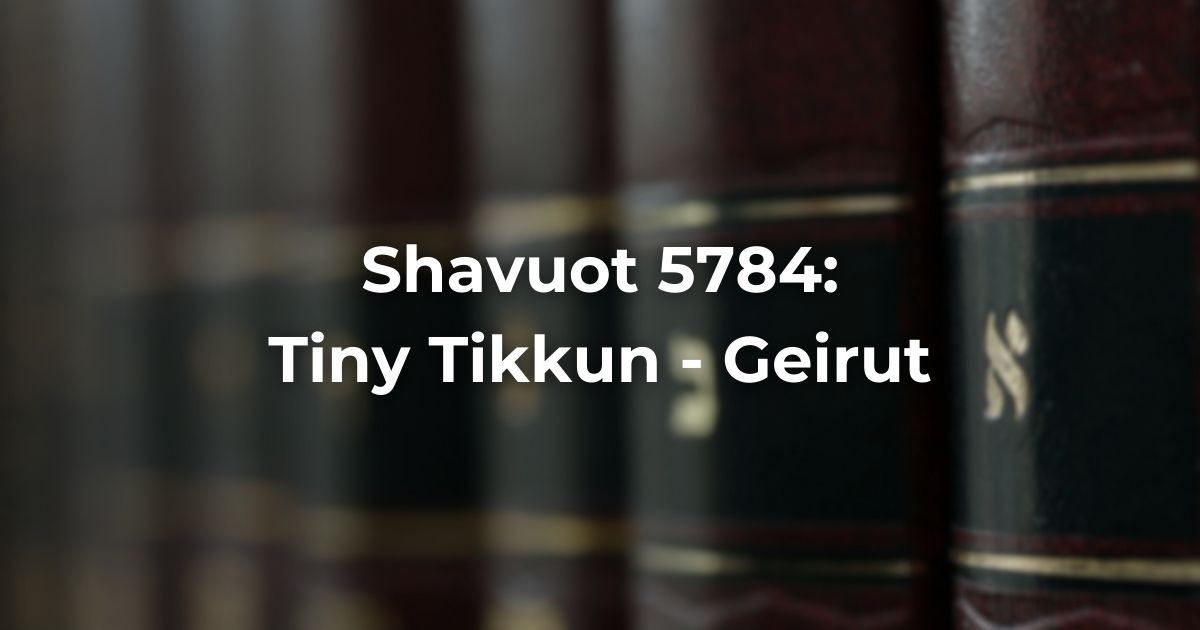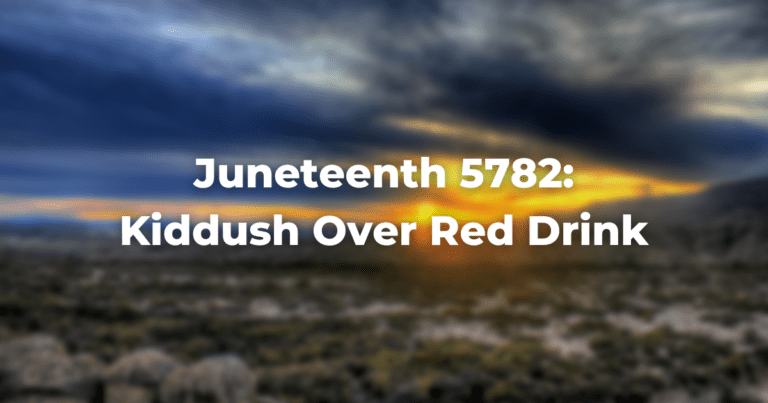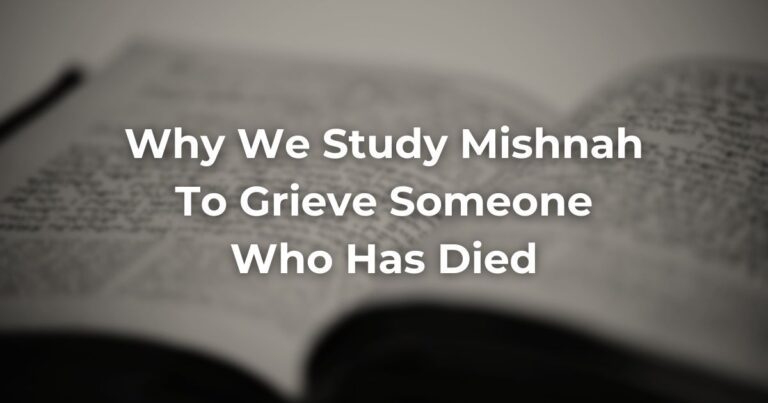It is hard to capture in words the great emotional and spiritual energy that is generated when people study TorahRefers to the first five books of the Hebrew Bible, the Tanakh, also called the Five Books of Moses, Pentateuch or the Hebrew equivalent, Humash. This is also called the Written Torah. The term may also refer to teachings that expound on Jewish tradition. Read more.
There can be a palpable noise, a vibration that travels from one person to the next as excitement, curiosity, novel ideas, and spiritual growth happen simultaneously. It is even harder to capture the great energies that went out into the world when the Torah came down from Sinai.
While it is certain that people have learned Torah at night in all generations, the special nighttime learning of Shavuot gained increasing popularity from the 13th century and continues to grow today.
The word tikkun is taken from the Zohar where, in Aramaic, it means jewelry.
The night of Shavuot is understood as the night before the wedding of Israel and the Torah. Each piece of Torah we learn, another jewel, each act of learning another act of adornment.
Our Tiny Tikkun is based on an idea that came about in the 16th century – that we should sample a little bit of Torah from as many holy books as possible over the course of the nighttime vigil. Rather than presenting a smattering of sources we have chosen to focus on one topic – conversion.
Shavuot is often considered a holiday of converts: the giving of the Torah was a conversion process for the Hebrews who left Egypt and from tradition we know that all converts’ souls were at Sinai.
In the texts, you will find many perspectives and ideas about the ger (convert) and Geirut (the process of conversion). As you explore the centuries of texts below, with a friend, study partner, or on your own, we invite you to imagine why the rabbis made this connection and what it could mean for one of us.
Fill out the form below to get the download for free!
Author
-

Exploring Judaism is the digital home for Conservative/Masorti Judaism, embracing the beauty and complexity of Judaism, and our personal search for meaning, learning, and connecting. Our goal is to create content based on three core framing: Meaning-Making (Why?), Practical Living (How?), and Explainers (What?).
View all posts





